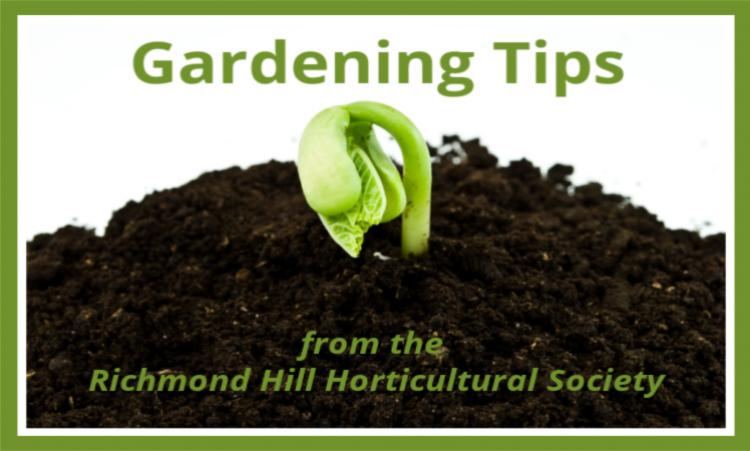Submitted by Doreen Coyne, a member of the Richmond Hill Garden & Horticultural Society
Recently the Old Farmer’s Almanac had an interesting article on thinning vegetable seedlings and getting rid of cutworms. It also had good before and after pictures which helped with showing how this was done. If you’d like to read the entire article, please use this link.
The bottom line on thinning seedlings was that all plants need adequate space to grow and flourish. When growing from seeds, we tend to sow lots of seeds given not all are likely to grow. As the seeds grow into seedlings, it is important to pull out some of them to ensure the remaining ones have space and nutrition to grow and develop roots. However, last week, I watched my son thinning his seedlings and I noted that he didn’t throw any away; he simply separated the earth they were in then repotted the seedlings farther apart. When he goes to plant them in the soil this weekend, they should all be much bigger and can be planted outdoors with appropriate spacing. His was an interesting solution; but, if you seed directly into the ground, it is more successful to pull out and discard the smaller seedlings to allow adequate spacing.
The article then went on to state that cutworms can often be seen in the ground as you work and plant the seedlings. This larva will eat through the base of your plants leaving roots without a source of chlorophyll and severed stems with leaves without roots lying on the ground. The author had an easy fix for cutworms by spreading some Diatomaceous earth3 covered with dried and crushed eggshells over the ground around the plant.
I hadn’t heard of cutworms nor Diatomaceous earth so that caused me to do some research. Here’s what I found it.
Cutworms? According to Wikipedia, Cutworms are moth larvae that hide under litter or soil during the day and feed on the stems of plants, especially on seedlings, during the night. Various species are similar in size and shape but can vary in colouring. A biologist would call them caterpillars.
Diatomaceous Earth (aka DE)? Diatomaceous earth is made from the fossilized remains of tiny, aquatic organisms called diatoms. Their skeletons are made of silica, a natural substance, and although used as a pesticide and insecticide, a food-grade version is used by many people as a dietary and health supplement. For purposes of killing cutworms, note that DE can kill many types of larvae and insects; thus, many online resources suggest you not sprinkle it all around the soil of the affected plant. Rather, using a spoon place a line of it around the severed plant plus lines around the nearby plants that you’d suspect the larvae to attack next. The larvae do not tend to cross the lines of DE that you place on the ground and thus you can target the placement of this insecticide. Diatomaceous Earth General Fact Sheet.
Happy Gardening!








